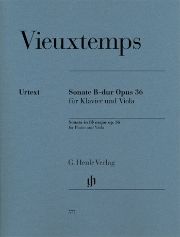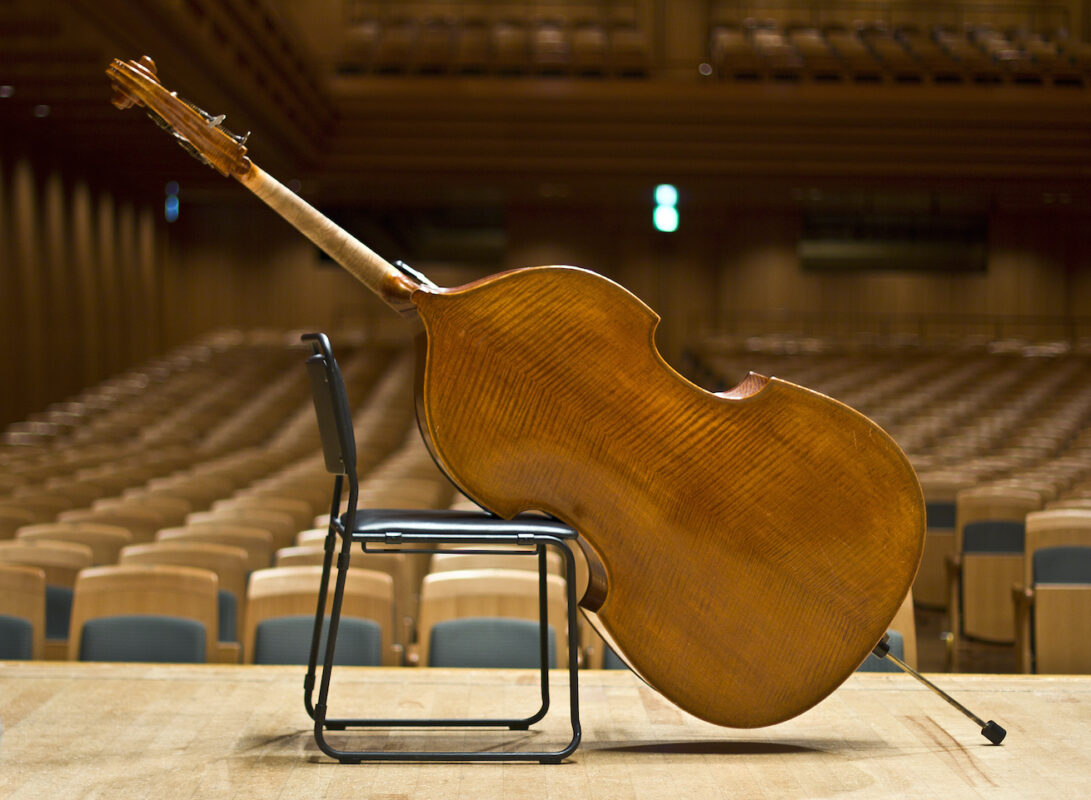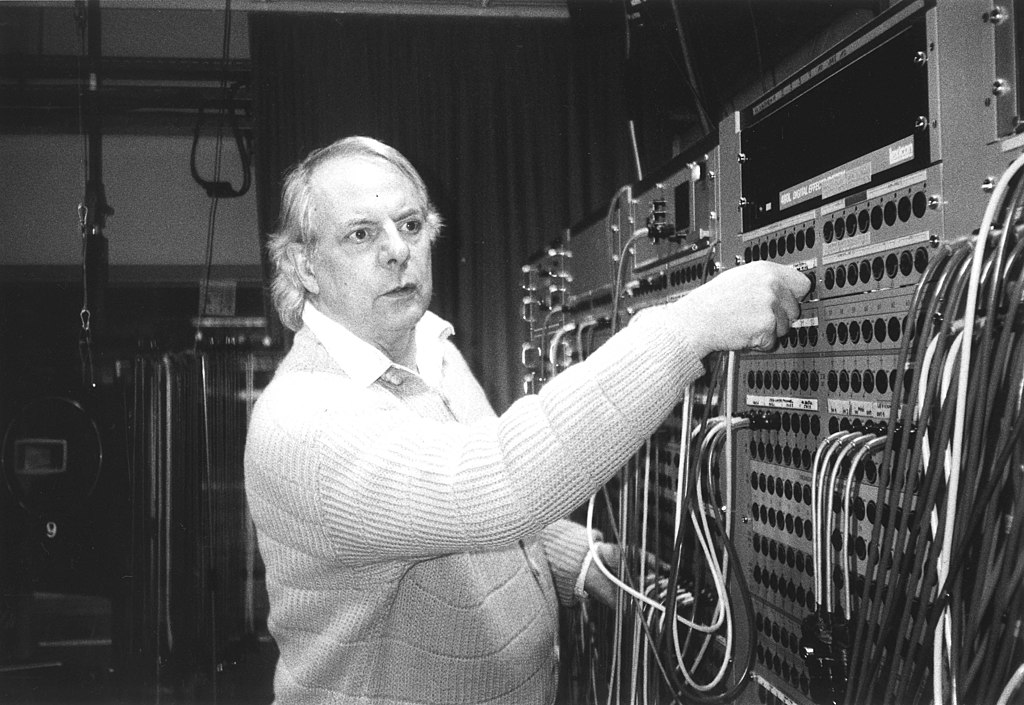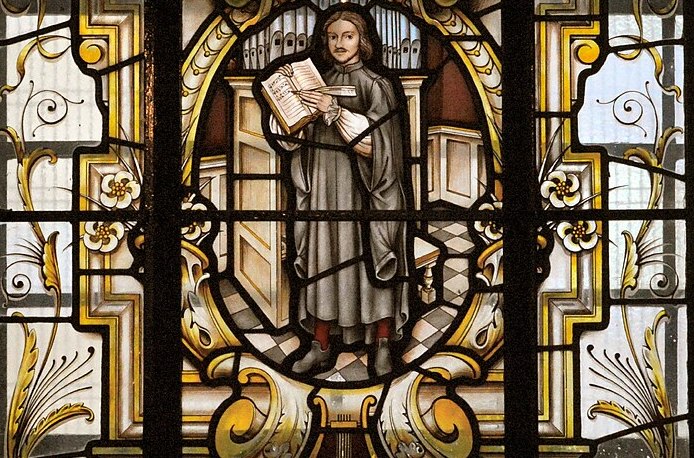Theatrical sonata
From majestic to bouncing, Henry Vieuxtemps puts the viola in the limelight.
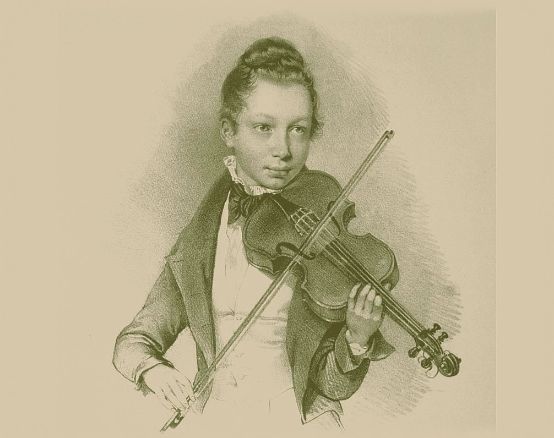
The famous Belgian violinist was also a composer and violist. In 1860 he created the
5th Violin Concerto and the Viola Sonata op. 36 and decided to premiere the latter on his tour of England before it was published, which earned him much praise. It was not published until November 1862 under the title Sonata for piano and viola or cello. This first edition by Julius Schuberth, Leipzig, is the only source for the first Henle Urtext edition presented here, which is very informative in the preface; no manuscript of the sonata has yet come to light.
Vieuxtemps has an excellent understanding of how to showcase the viola. The first movement begins and ends with a melody consisting of majestic whole notes. The intervening Allegro is an interplay of runs by the two instruments, repeatedly interrupted by broad rhetorical ideas and leading to the opening melody with a bold, gentle modulation. The Barcarolle is famous for its changeable scenes - glittering and swaying on the waves. The scherzando finale develops from the light-footed leaping motif at the end of a catchy melodic phrase.
Tabea Zimmermann's fingerings are well placed, although she often disregards the second position and the fourth finger, and many finger numbers are unnecessary because they do not indicate a change of position.
Henry Vieuxtemps, Viola Sonata in B flat major op. 36, edited by Peter Jost, fingering of the piano part by Klaus Schilde, with an unmarked viola part and a viola part marked by Tabea Zimmermann, HN 577, € 19.00, G. Henle, Munich 2014






